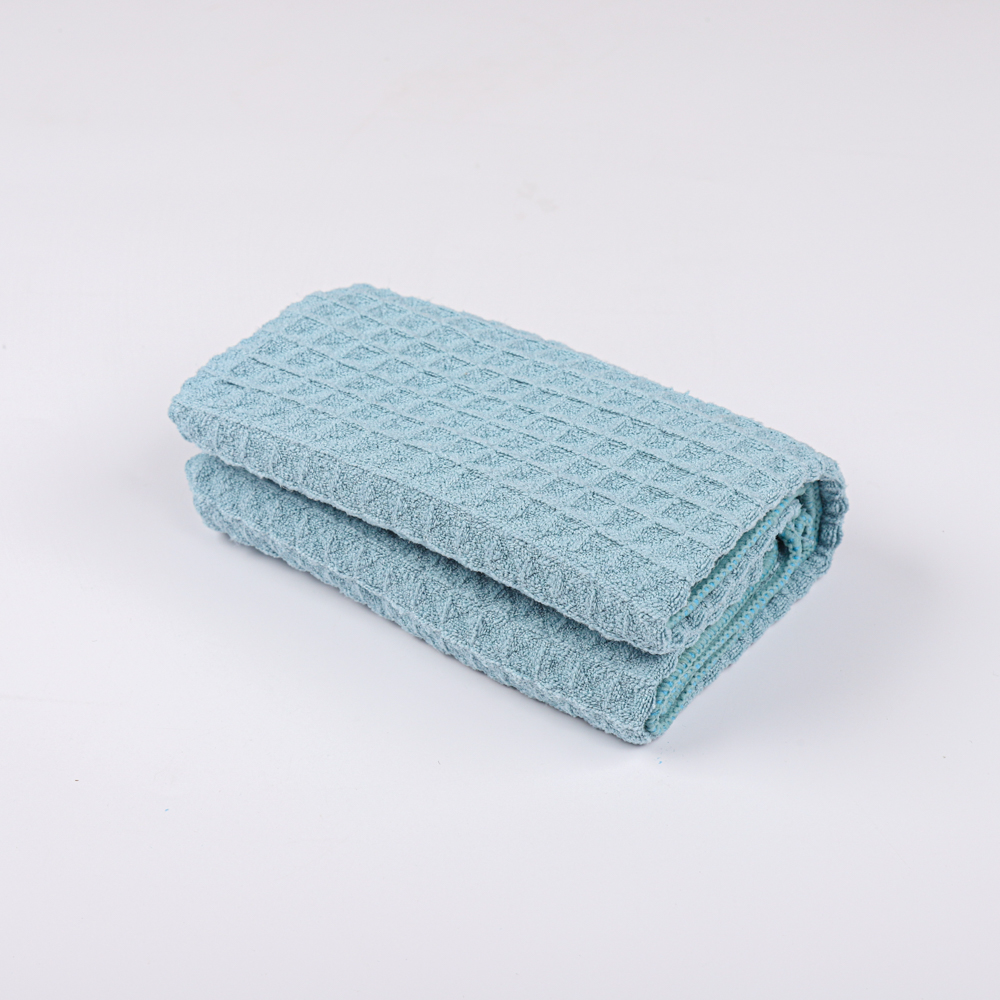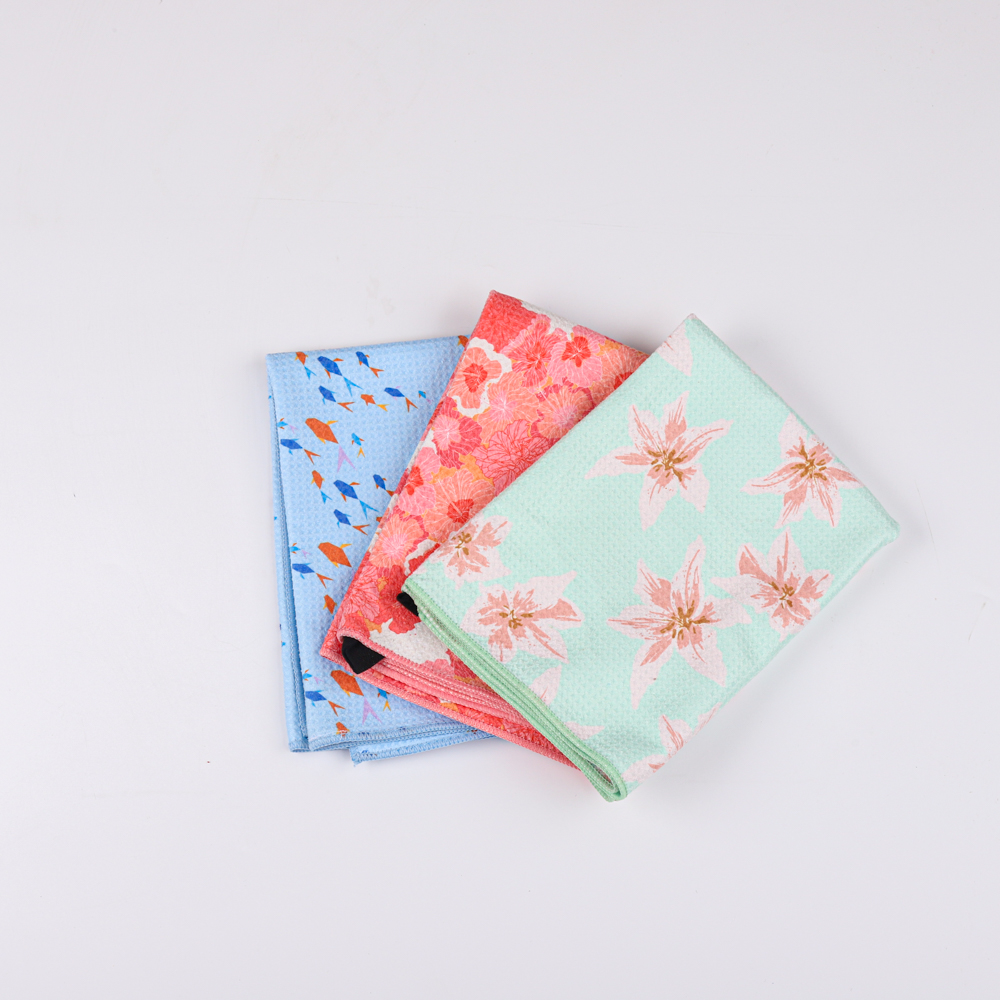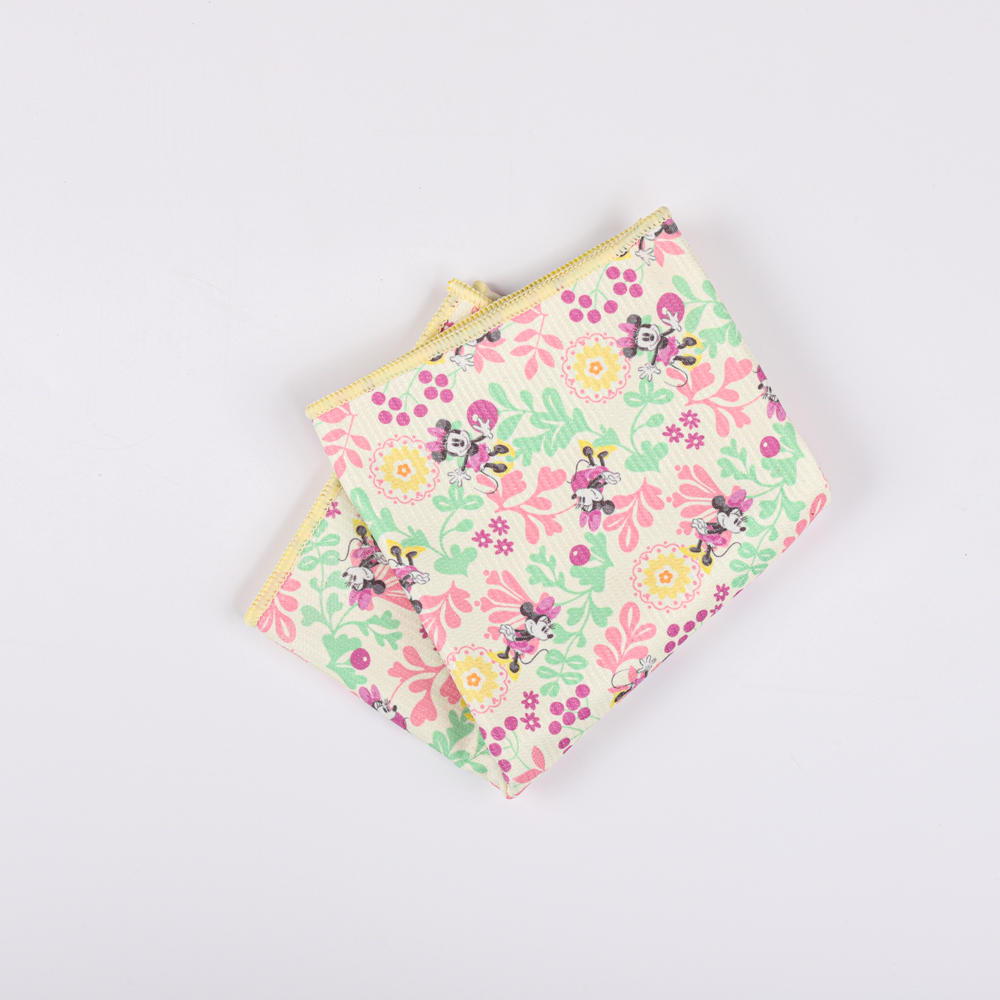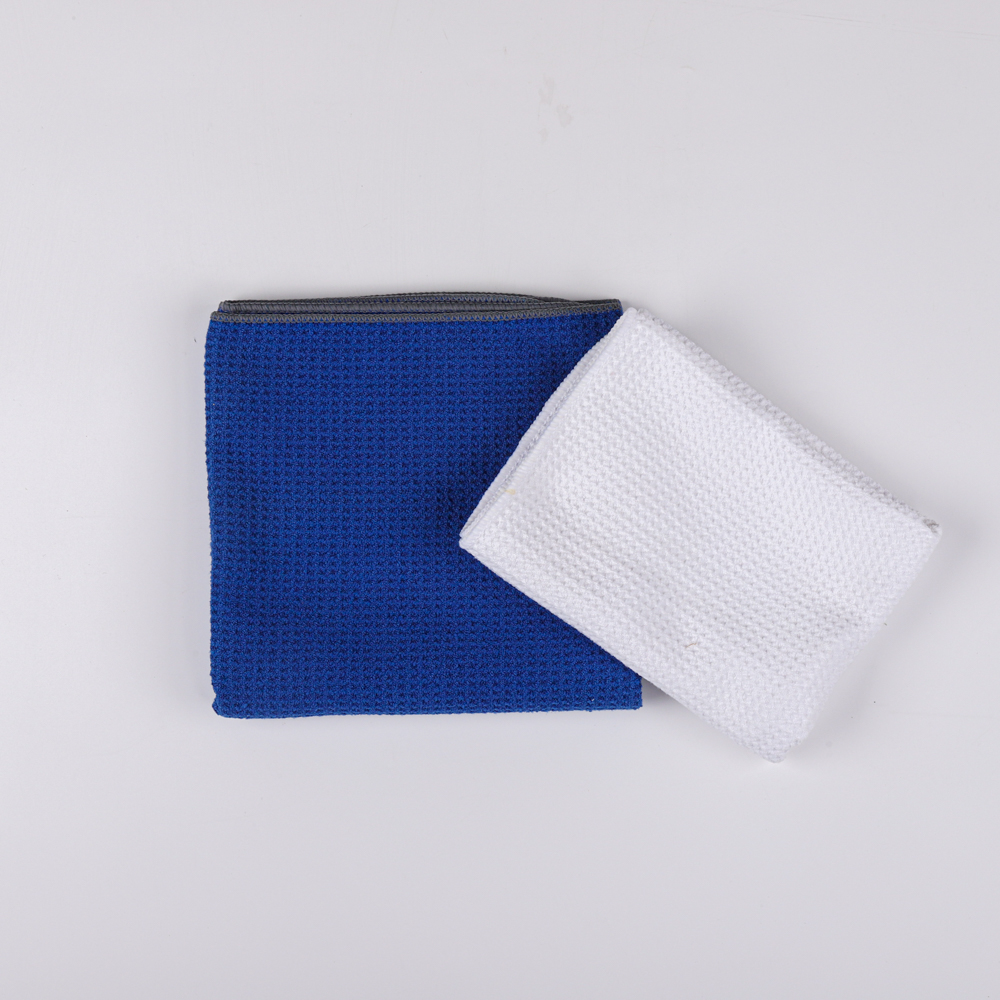On June 7th, Xu Zhaochao, a researcher from the Biotechnology Department of Dalian Institute of Chemical Physics, Chinese Academy of Sciences, led a team to use aziridine as a fluorophore electron donor to effectively inhibit quenching fluorescence and formation of intramolecular charge transfer states (TICT) that facilitate photobleaching of dyes. A series of new fluorescent dyes with high fluorescence intensity and light stability have been obtained. The relevant results are published in J. Am. Chem. Soc. Fluorescent dyes are widely used in biomolecular markers to track biomolecules in a seeing is believing manner to study the location and function of functional biomolecules. The light intensity and photostability of fluorescent dyes are the primary factors affecting the quality of imaging, especially the rapid development of single-molecule fluorescence imaging supported by ultra-high resolution technology, which puts higher requirements on the light intensity and light stability of fluorescent dyes. However, most of the existing fluorescent dyes lack sufficient light intensity, and the lack of photostability of a few high fluorescence intensity dyes limits long-term observation of cells. Theoretical studies have confirmed that light-torque intramolecular charge transfer (TICT) is the main way of non-radiative transition of fluorescent dyes. In response to this problem, the research team transformed the commonly used electron donor dialkylamine into a three-membered aziridine in a combination of experimental and theoretical calculations, due to the large ring tension and space of aziridine. The steric hindrance effectively prevents the formation of the TICT state after the dye is excited by light, thereby greatly improving the fluorescence intensity and photostability. The above work was supported by the National Natural Science Foundation's Outstanding Youth Fund and the above-mentioned projects.
Our fitness towel is made of superfine
fiber, mainly including polyester and brocade warp and weft superfine fiber
terry cloth, woven double-sided velvet fabric, woven pineapple grid fabric and
some other functional fabrics, such as cold towel, etc. After dyeing and
finishing or printing, embossing, hot stamping and other processing processes,
the finished products are sewn. The main characteristics of the product is
water absorption and sweat absorption, skin-friendly soft, mainly used for
outdoor sports, gyms, garden workers, outdoor workers and other labor groups.
Microfiber fitness towel,Microfiber sweat towel,Microfiber sweat towels for gym Suzhou fortunate Textile co., Ltd , https://www.fortunatemicro.com



